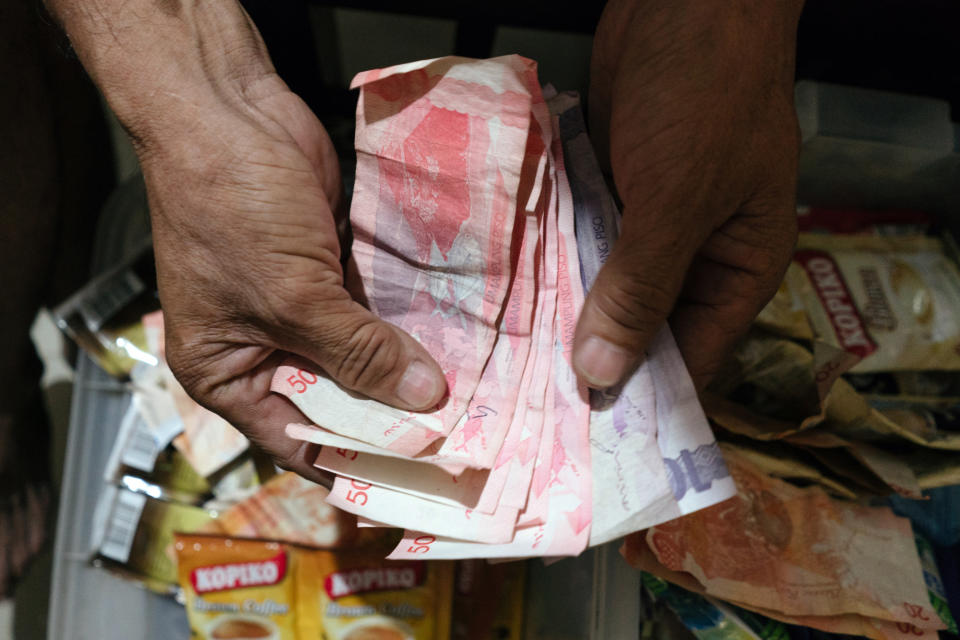Philippine Peso Setback From Remittance Drop Seen as Short-Lived

By Karl Lester M. Yap
The Philippine peso hit an air pocket Thursday after a central-bank report showed remittances unexpectedly fell in August, but its pullback is likely to be temporary, according to strategists.
Asia’s top-performing currency this year is set to extend gains as the nation’s trade balance improves, said Kanika Bhatnagar, a Bangalore-based economist at Australia & New Zealand Banking Group Ltd., who forecasts the peso will rise to 48.2 per dollar by year-end.
“An acute compression in domestic demand has translated into a substantial reduction in imports that has more than offset the decline in remittances,” Bhatnagar said. “We expect this trend to persist longer, since a meaningful rebound in domestic demand and remittance inflows is not envisaged until early next year.”
The peso closed 0.1% lower Thursday at 48.68 per dollar, reversing a gain of as much as 0.2% after the remittance figures were released. Money sent home by overseas Filipinos dropped 4.1% from a year earlier, the central bank said. Economists had projected they would rise 5.3%, according to a Bloomberg survey.
Remittances are set to fall almost 10% in the second half due to the fading of temporary factors that have supported its strength, including the easing of logistical disruptions, ANZ said in a note to clients on Thursday. Remittances account for about 10% of the Philippine economy and are the nation’s largest source of foreign exchange after exports.
The peso has strengthened 4.1% this year, including a gain of 2.8% last quarter that was its best performance in more than a decade. The advance has been driven by an expanding balance-of-payment surplus, increasing foreign reserves, and by the earlier recovery in remittances from the coronavirus crisis.
© 2020 Bloomberg L.P.

 Yahoo Finance
Yahoo Finance 